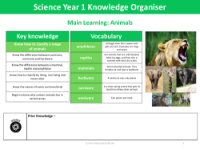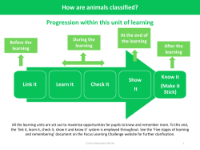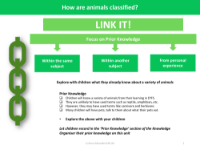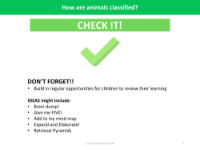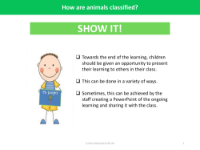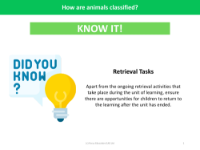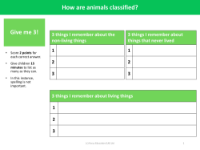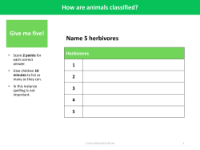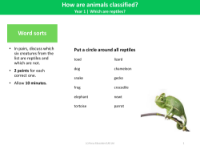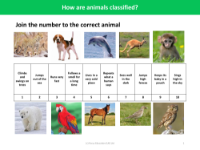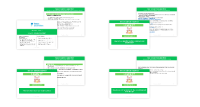Long-term overview - How are Animals Classified - Year 1
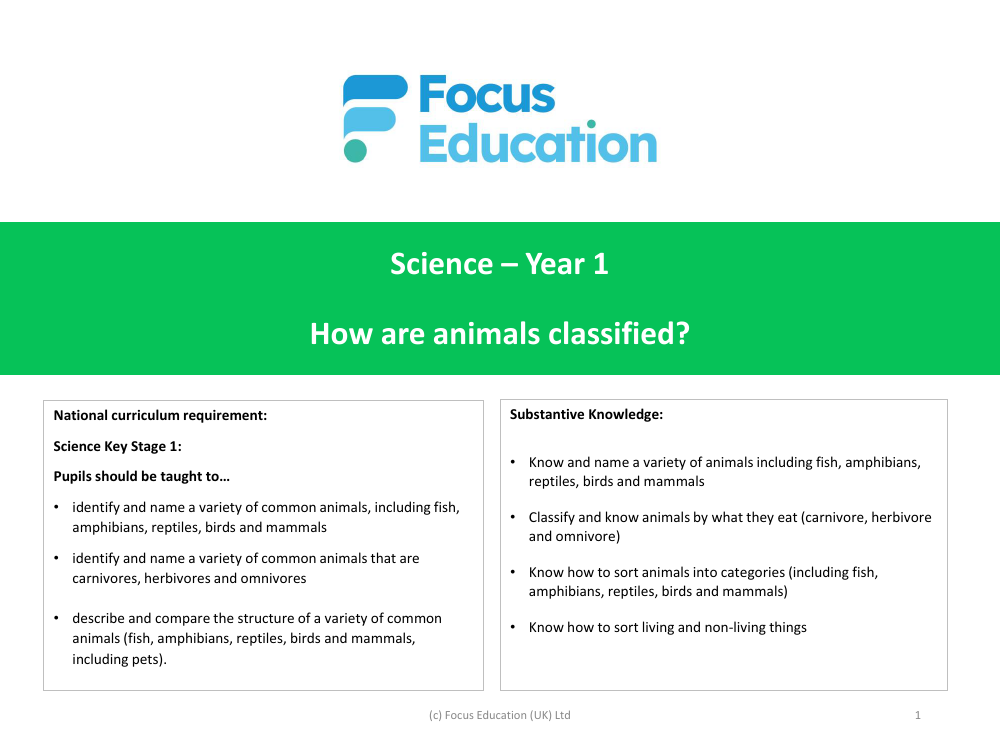
Science Resource Description
In the Year 1 Science curriculum, pupils embark on an exploration of the animal kingdom through the topic of 'How are Animals Classified?'. This unit aligns with the National Curriculum requirements for Key Stage 1, where students are expected to identify and name a variety of common animals such as fish, amphibians, reptiles, birds, and mammals. They are also taught to recognise different dietary classifications—carnivores, herbivores, and omnivores—and to observe and compare the physical structures of these animals. The substantive knowledge gained includes the ability to classify animals by both their type and diet, as well as distinguishing between living and non-living things.
The unit delves into scientific inquiry, where pupils learn to classify animals into groups such as amphibians, reptiles, mammals, fish, and birds. They further categorise these animals based on their eating habits as carnivores, herbivores, or omnivores. The learning journey includes research on animals in specific habitats using secondary sources and practical activities like grouping and classifying animals. This foundational knowledge in biology sets the stage for continued learning in Year 2, where the classification of animals is revisited and expanded upon. The curriculum also encourages the development of observational skills to differentiate between living and non-living entities, fostering a deeper understanding of the natural world.
